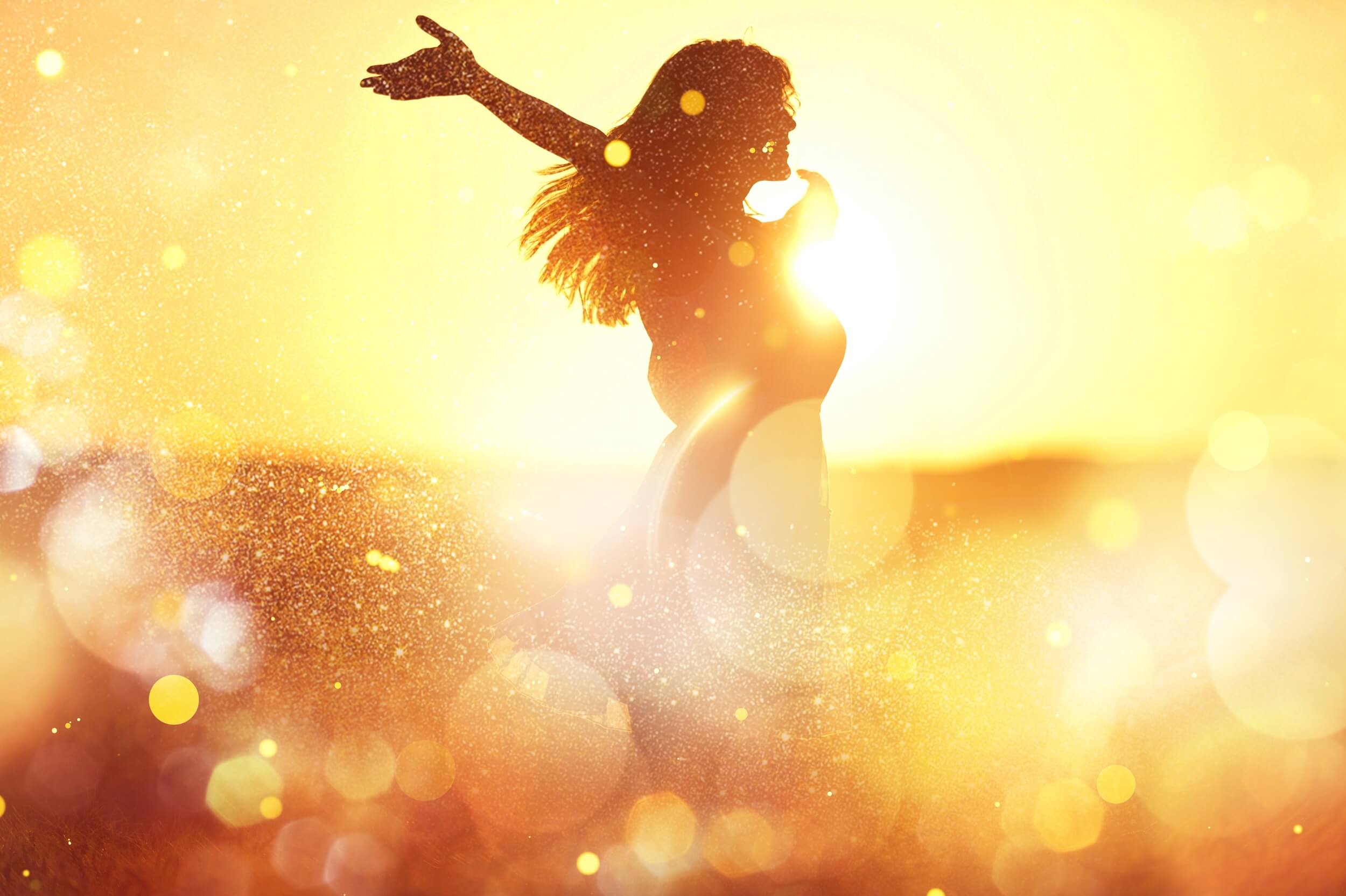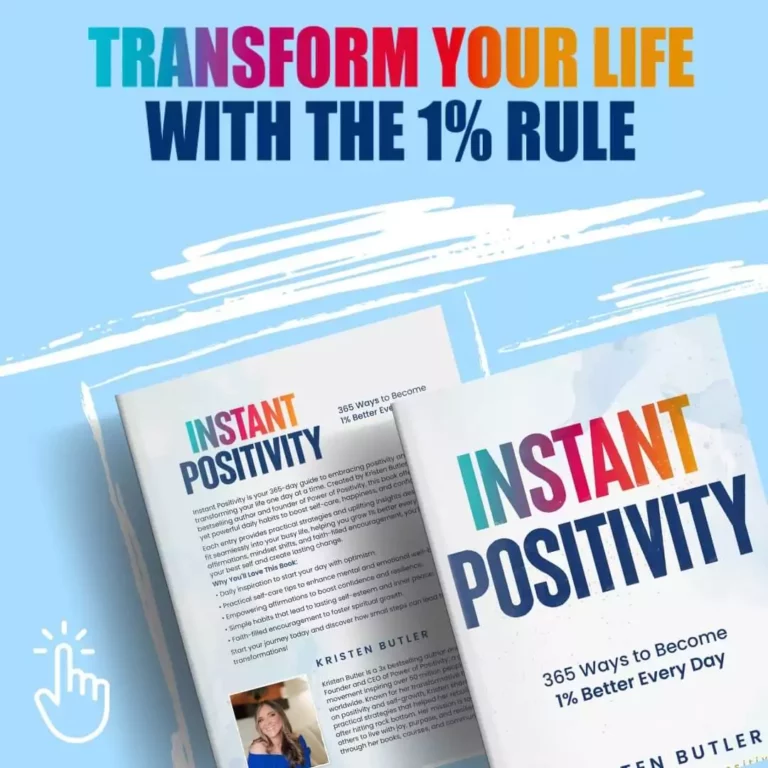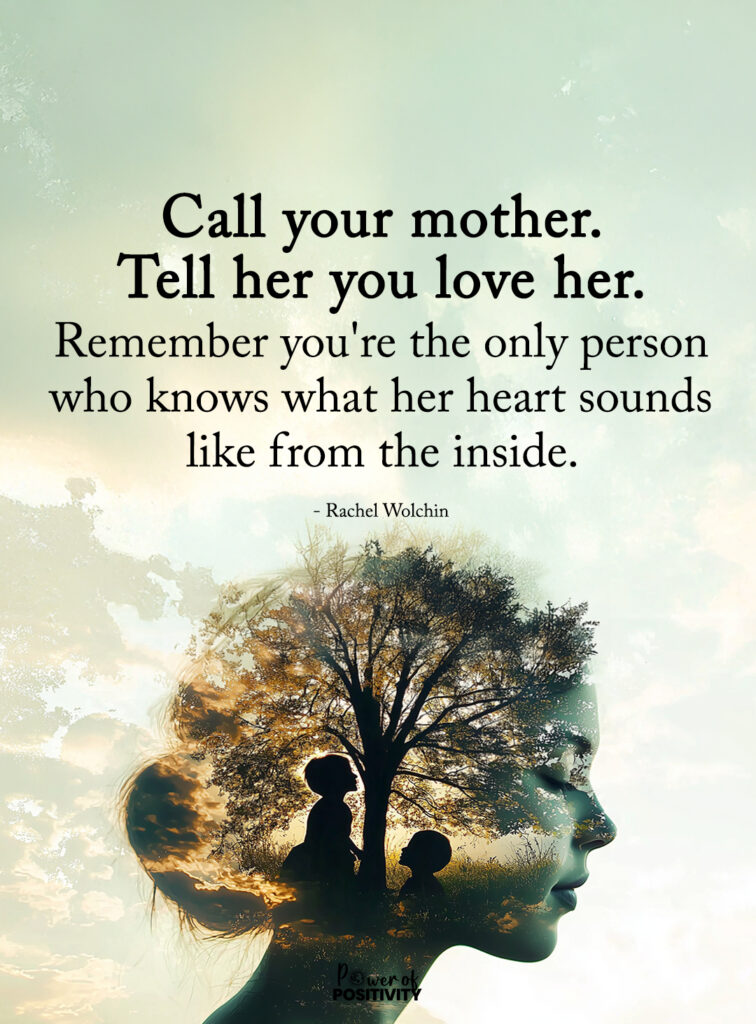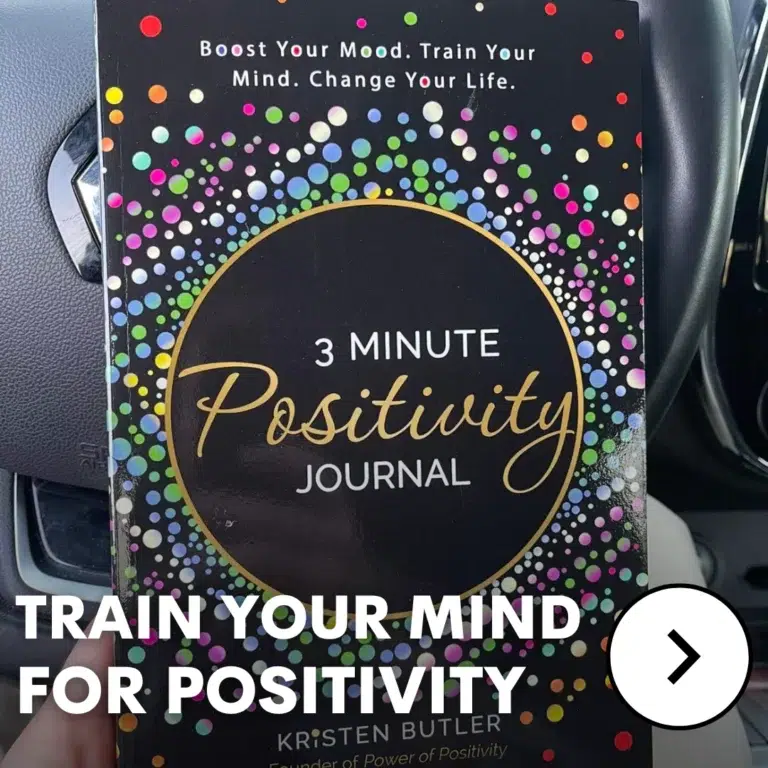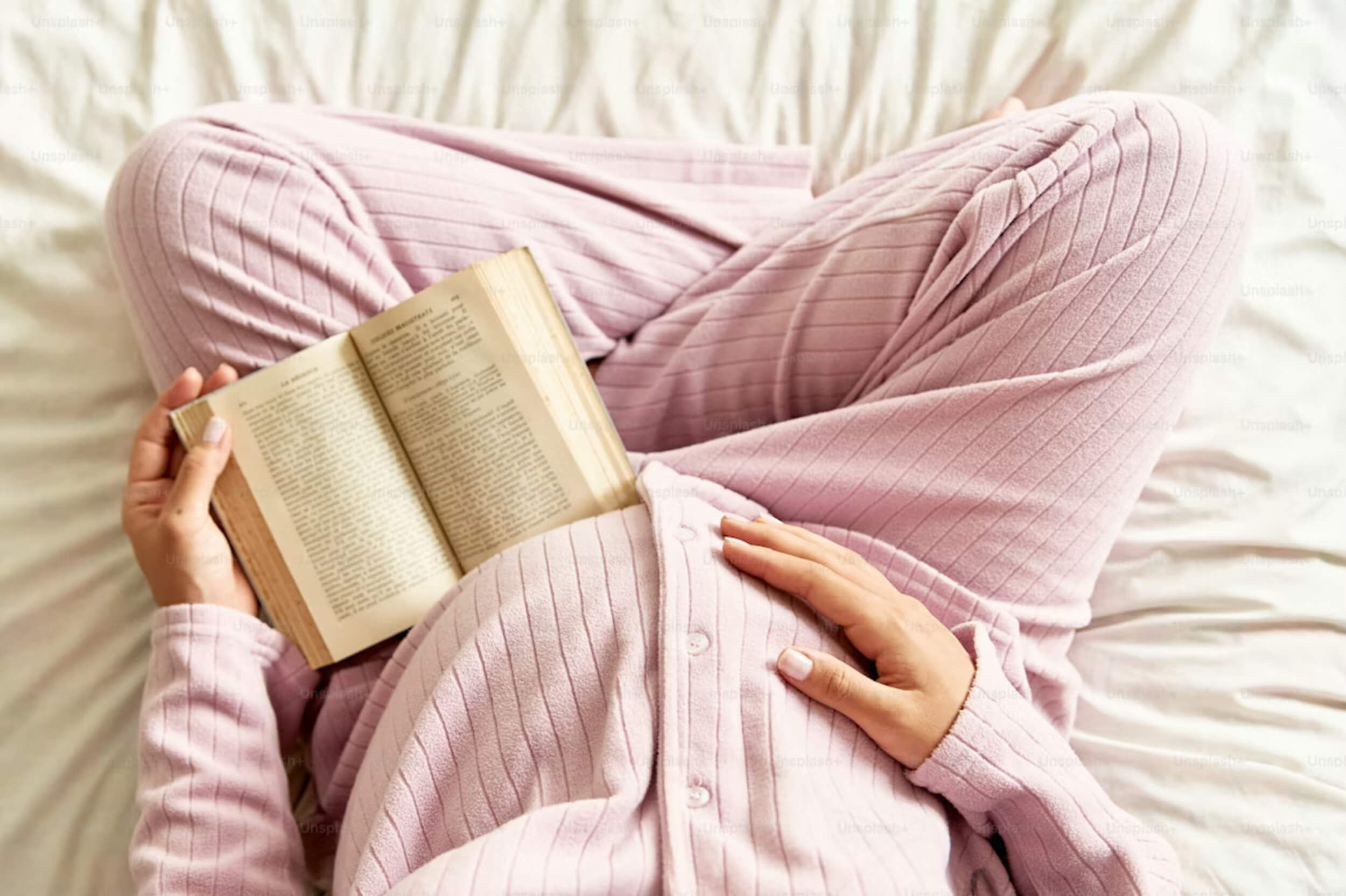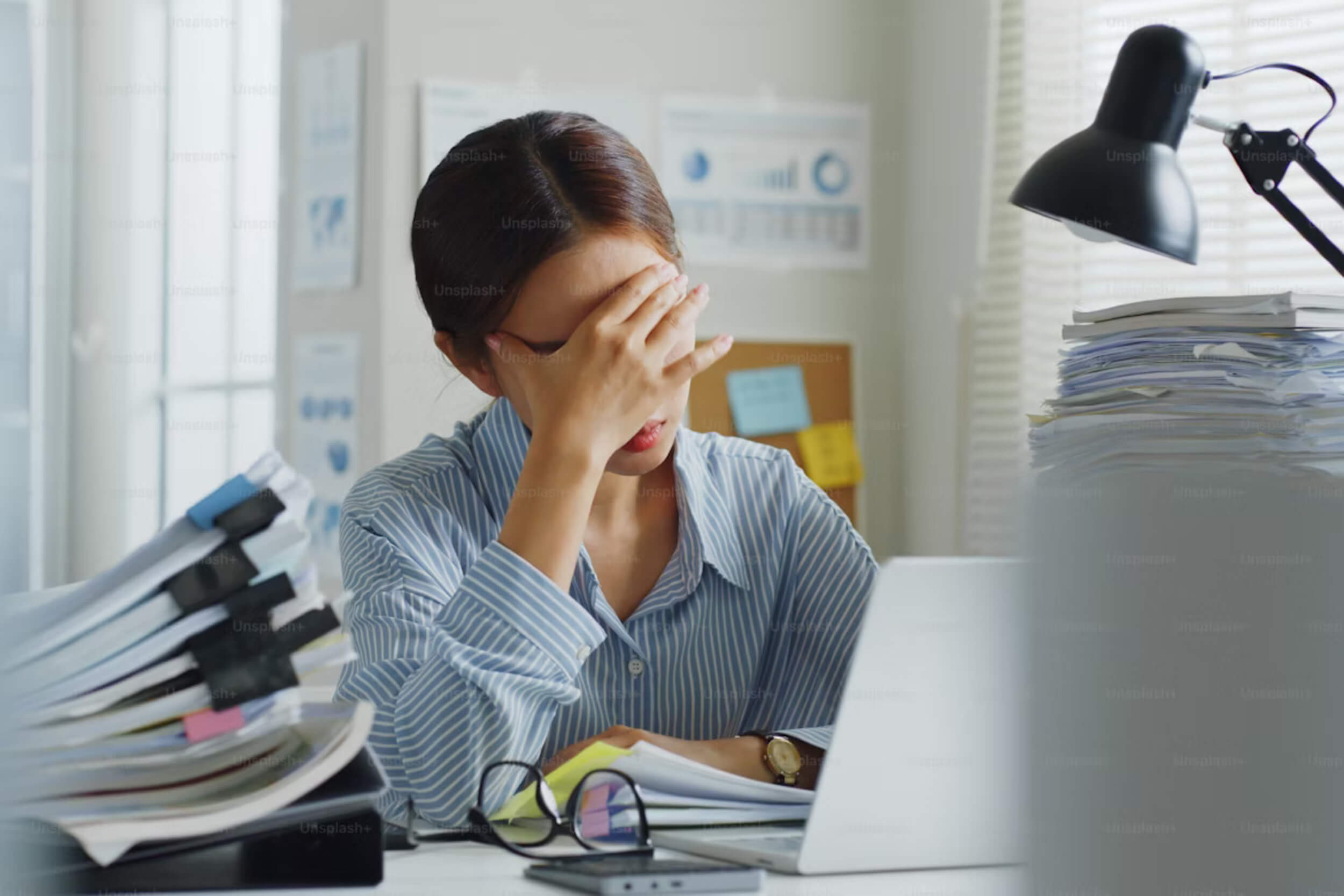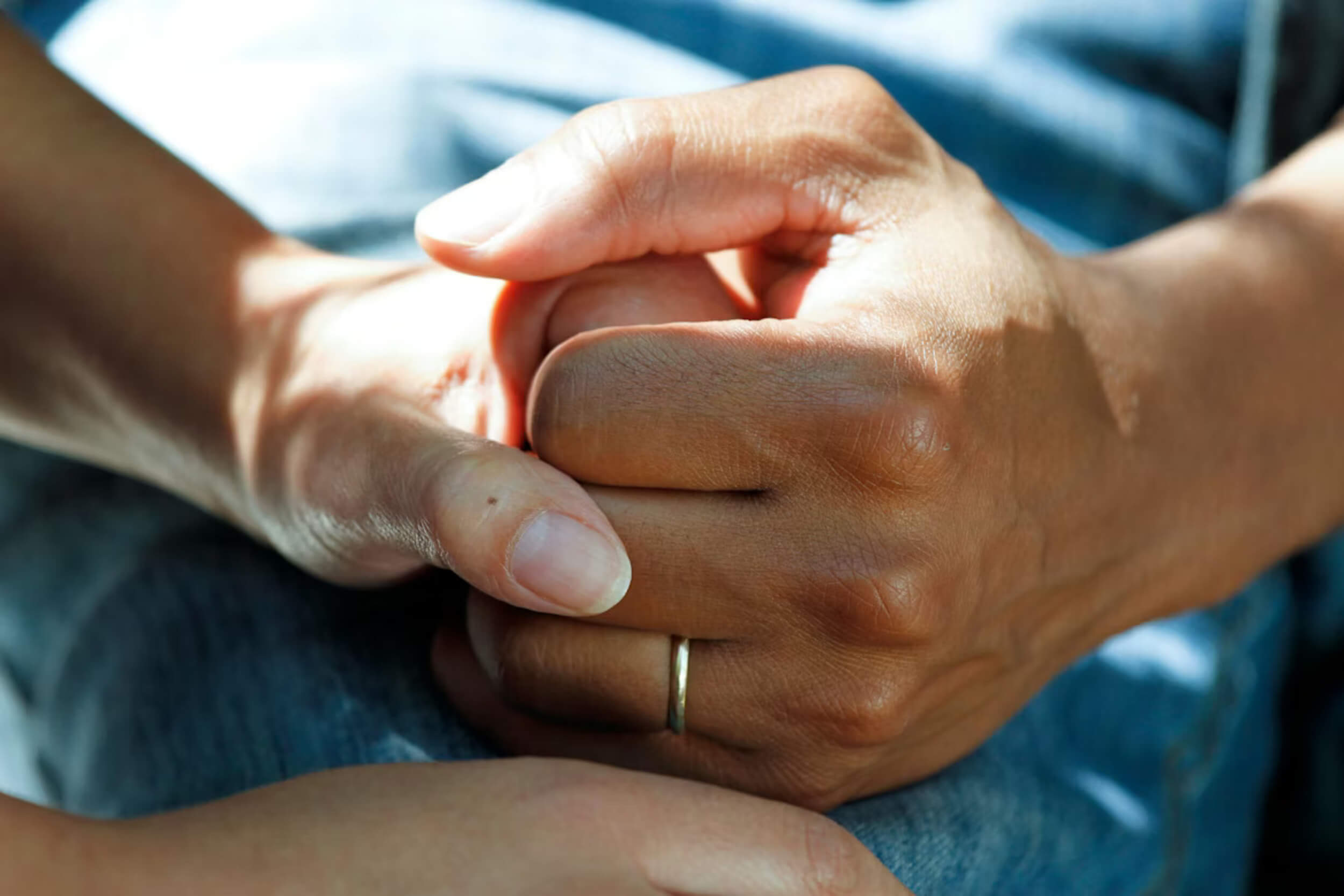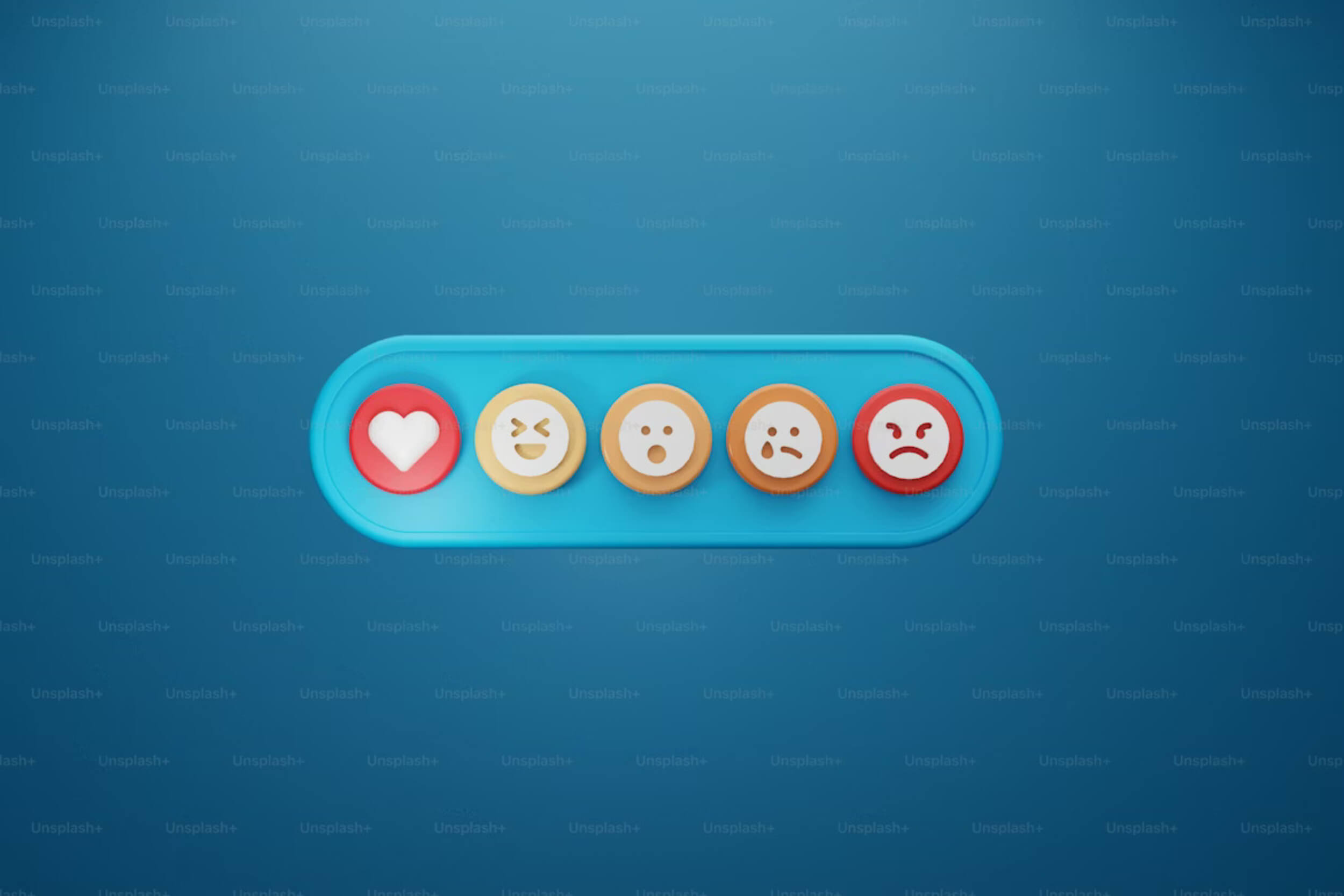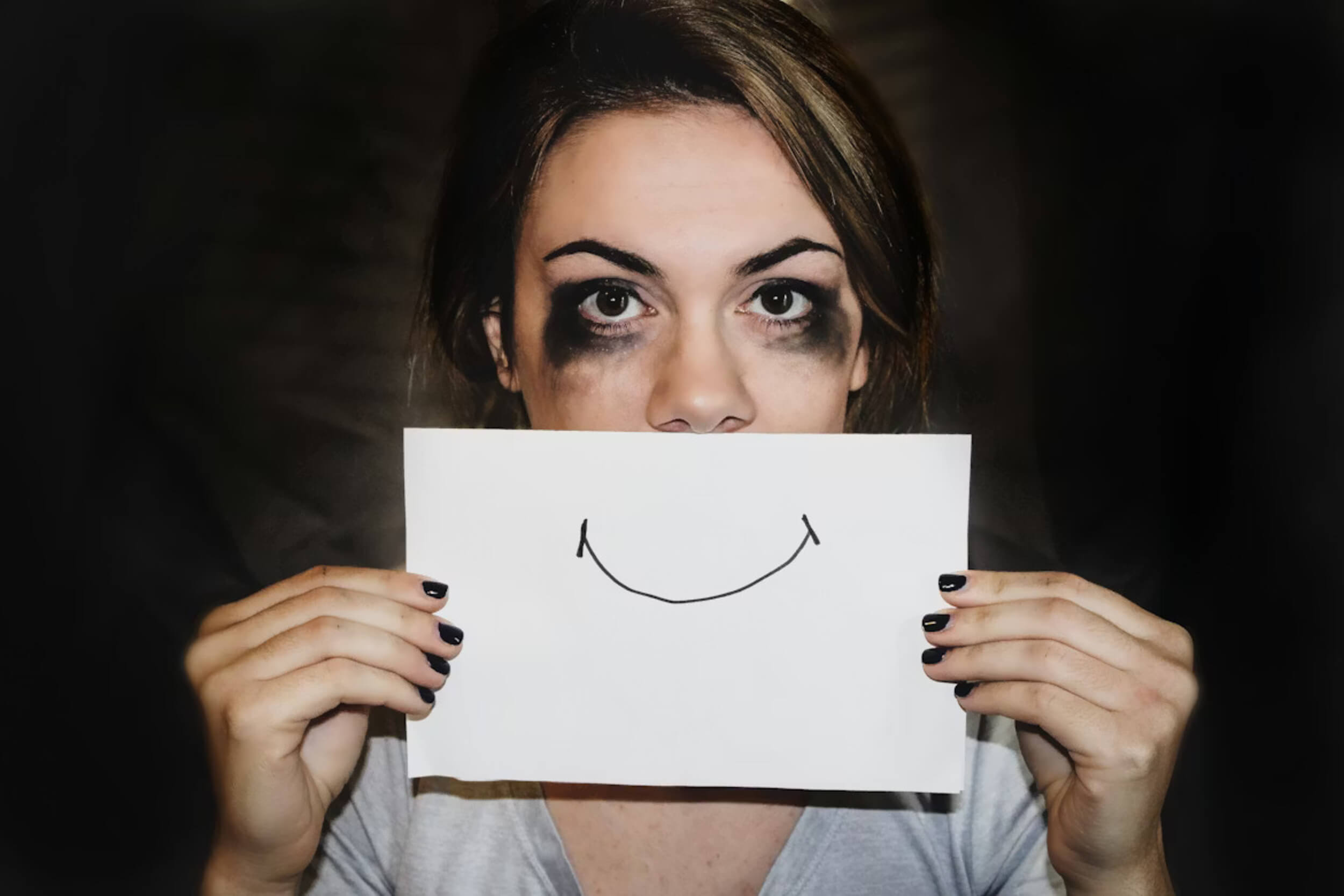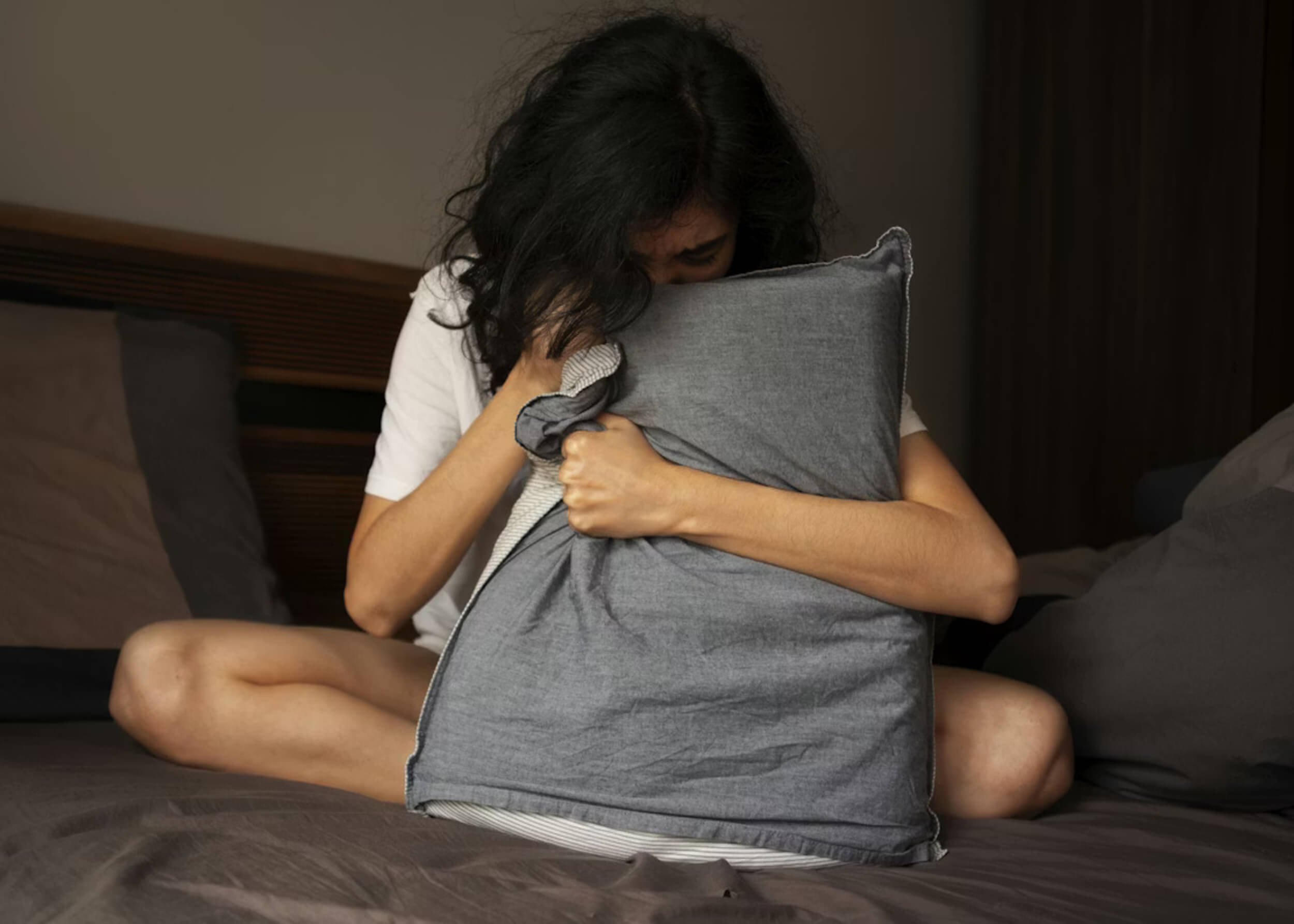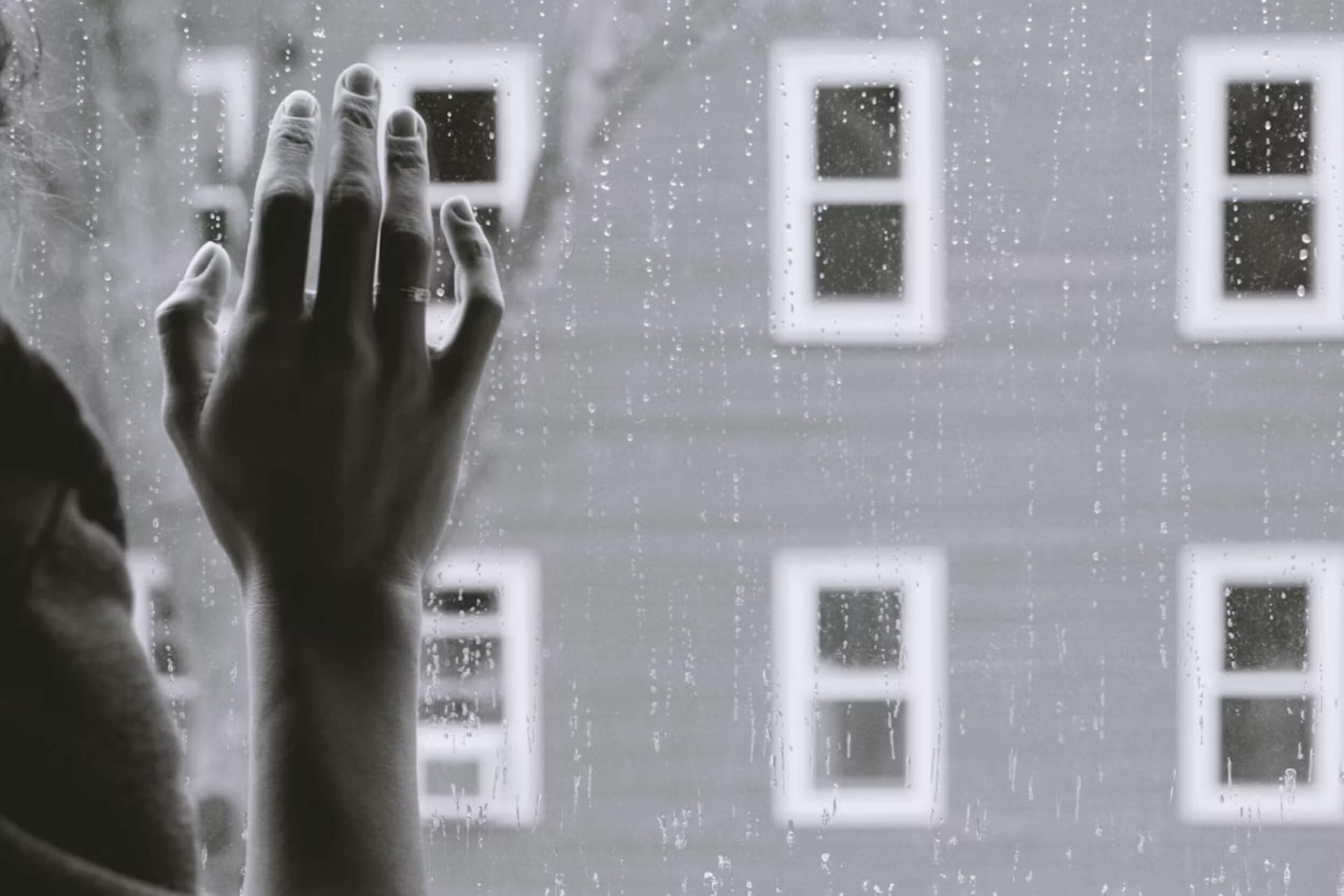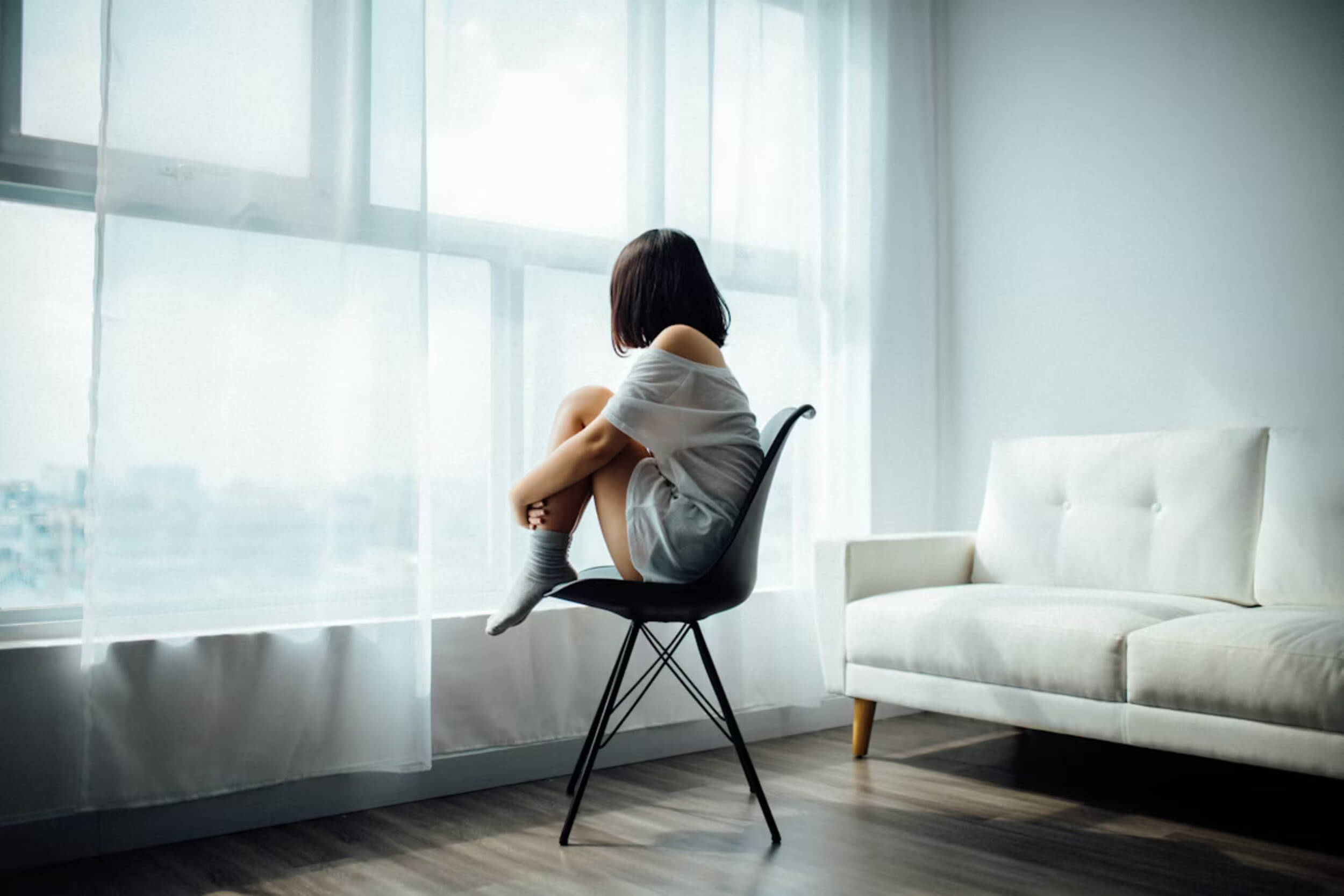One comment can stick with you for years. Maybe it came from a classmate, a family member, or something you saw online. Suddenly, you’re second-guessing how you look. That seed of doubt grows quietly—changing how you dress, how you smile in photos, or how you see yourself in the mirror.
There’s a quiet pressure to be thinner, taller, smoother, or just different. You start to feel like you’re constantly adjusting yourself to match something that keeps changing.
The truth is, the beauty standard didn’t come out of nowhere. It was created—shaped by ads, media, and the need to sell a certain image. So before talking about what’s taking its place, it helps to understand how we got here in the first place.
Who Built the Beauty Standard, and Who Did It Benefit?
Before filters and social media, the idea of beauty was already being sold to people. It started with old Hollywood movies, where pale skin, tiny waists, and perfect hair became the look to chase. Then came glossy fashion magazines, telling women which features were “in” and what needed to be fixed.
Over time, a very narrow version of beauty was pushed—usually thin, white, and flawless. It wasn’t just about looks. It became a business. Diet pills, skin-lightening creams, and anti-aging products all made money by telling people they weren’t good enough yet.
Media played a big role in this.
Here’s how it showed up:
- Magazine covers that only featured one type of face or body
- Ads that used shame to sell products
- Celebrities praised for changing their looks—not keeping them
People were trained to pick themselves apart. And the companies behind it? They profited from every insecurity.
That beauty standard was never about health or happiness. It was about control and money. Now, more folks are starting to see through it—and that old story is beginning to break apart.
The Cracks Are Showing—And That’s a Good Thing
Scroll through Instagram today, and something’s changing. Unfiltered skin, stretch marks, real bodies—people are starting to show up as they are.
This didn’t happen overnight.
What’s shifting:
- Influencers and everyday people are calling out fake beauty edits
- Celebrities are showing aging, acne, and texture without shame
- Posts about self-acceptance now go just as viral as beauty hacks
There’s a reason behind it. People are tired. Always chasing “perfect” became exhausting. Constant filters, edits, and angles created a version of life that didn’t feel real.
Now, a quiet rebellion is growing. It’s not loud or flashy—but it’s gaining ground.
This pushback is the beginning of something better. It’s a sign that beauty pressure is cracking—and we’re starting to rebuild something healthier in its place.
One Ideal No Longer Fits All
For years, “body goals” meant one shape. One look. One standard. That’s no longer the case. Today, people are stepping away from that mold and choosing what feels true to them.
You’ll notice:
- Curvier bodies being celebrated just as much as slimmer ones
- Skin tones, facial features, and hair types that once got mocked now being embraced
- Disabilities, scars, and unique features shown proudly instead of hidden
Real people—not models or celebs—are becoming beauty references. What’s beautiful isn’t just what we see on billboards. It’s the person next door with confidence and style.
Cultural identity also plays a bigger role now. Braids, tattoos, cultural dress—things that were once judged—are now part of someone’s beauty, not apart from it.
The beauty standard is shifting from “fit the box” to “make your own.” And in that space, more people are finding freedom they never had before.
We’re Trading Perfection for Presence
Trying to look flawless used to be the goal. Now, more people care about feeling good in their skin instead of looking perfect in a photo.
That shift looks like this:
- Wearing what feels comfortable instead of what looks trendy
- Letting go of edits and showing the real version of yourself
- Choosing what makes you feel alive—not what scores the most likes
It’s less about being picture-ready and more about being present in your own body. Beauty now feels softer, more real.
Symmetry and angles aren’t the focus anymore. Honesty is. Energy is. Being in tune with yourself matters more than hiding your “flaws.”
This isn’t about lowering the bar—it’s about moving it. Letting beauty mean something deeper than appearance.
The Rise of Individual Standards Over Industry Norms
Instead of asking, “Do I look good enough?” people are now asking, “Does this feel like me?”
That change matters.
Here’s how it shows up:
- People building their own style instead of copying trends
- Letting go of what’s “in” and going with what feels honest
- Creating beauty routines that support well-being, not insecurity
Minimal makeup? Go for it. Full glam? Also valid. It’s not about right or wrong—it’s about what feels real for you.
Trends are still out there; however, they don’t hold the same power they once did. More people are now listening to their own gut instead of chasing outside approval. As a result, beauty is becoming something personal—not something handed down by an ad or shaped by an expert, but something you define for yourself.
The beauty standard is moving out of the spotlight—and individual truth is stepping in.
It’s Not About ‘Letting Go’—It’s About Reclaiming Power
Choosing not to follow old beauty rules doesn’t mean you’ve stopped caring. It means you’re caring in a way that feels right for you.
Here’s what that shift looks like:
- You stop chasing “effortless beauty” and realize you don’t owe anyone effort at all
- You wear makeup because you want to—not because you’re supposed to
- You rest instead of overworking your body to meet someone else’s idea of “fit”
- You choose what supports your health, not what performs for the internet
There’s strength in doing what feels honest. Power isn’t found in looking perfect—it’s found in deciding what matters to you.
The beauty standard is no longer the boss. Reclaiming your power starts when you stop asking for permission to look like yourself.
What This Means for the Next Generation
Kids are growing up seeing people who look like them on screens, in books, and in their homes—and that changes everything.
This new wave is shaping how they see beauty:
- More skin tones, body types, and genders being represented
- Influencers using their platforms to talk about body acceptance
- Parents and teachers showing kids it’s okay to be different
- Siblings sharing space without comparison or shame
Social media still has its issues, but now it’s also a space for truth. Young people are watching how others show up—flaws and all—and realizing they don’t have to change who they are to be worthy.
As the beauty standard keeps shifting, it’s giving the next generation something we didn’t always have: permission to just be.
Beauty as a Living Practice, Not a Static Goal
Beauty isn’t a finish line. It’s something that changes with you—just like everything else.
Real beauty shows up in:
- How your face changes over time and tells your story
- The way your body shifts through life, and still carries you
- Small routines that bring comfort, not stress
You don’t have to “get there.” You just have to stay honest with where you are.
The beauty standard says you peak at one age or one size. However, the truth is that beauty grows with you—constantly evolving, sometimes messy, always real.
Closing: You Were Never Supposed to Fit In
There was never anything wrong with how you looked—only with what you were taught to believe. In fact, you’re not behind at all. Instead, you’re slowly peeling off ideas that were never truly yours to begin with.
Fitting into a mold someone else created was never the point. Instead, you’ve always had the right to belong to yourself—to take up space without permission and to be seen without shrinking. That’s why this shift away from the old beauty standard isn’t just about moving past trends—it’s about returning to truth. And the truth is, the mirror doesn’t decide your worth. You already do.



